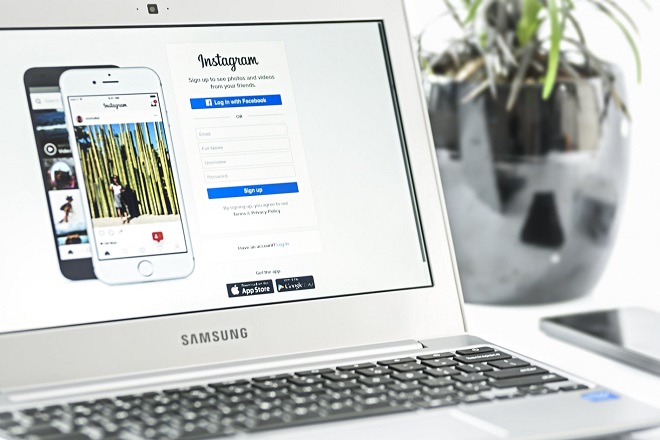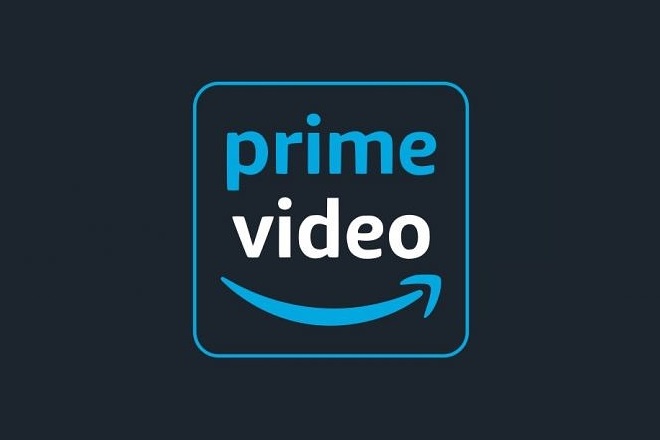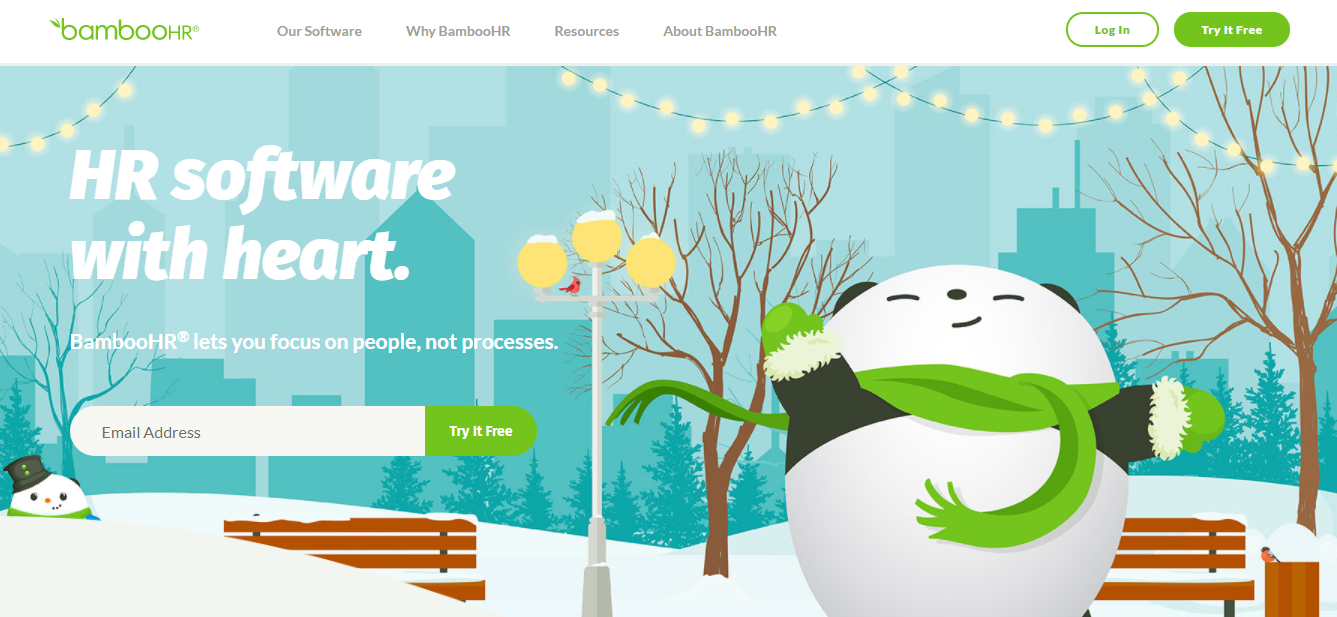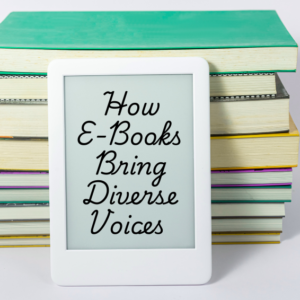From entertainment to gaming and corporate meetings, live streaming has proven to be a game changer for every sector. As the demand for real-time content is growing businesses and content creators are looking for the best live-streaming platforms that provide them with numerous advantages.
If you’re also looking for the best live-streaming platform, this blog post is for you. Check the list to find out which platform is best, what benefits it offers, and more.
What is a Live Streaming Platform?
Live streaming platforms are websites, apps, or software that allows users to record live videos in real-time. As these videos get shared on the platform, viewers can tune in to watch them unfold without delay. What is interesting is that these platforms usually come packed with extra tools for managing videos like storage options, recording capabilities, editing tools, and a slick video player to top it all off.
Key Factors to Consider in a Live Streaming Platform
Audience Reach and Demographics
When choosing the live streaming platform, it is necessary to consider the audience and its characteristics. It should complement the audience, devices, and geography in which the audience lives in or interacts with. Thus, the choice of the platform has to be relevant and allow reaching out to multiple new viewers.
Features and Customization Options
For a live streaming to go well, there is need to have a number of features covered. It may include features such as live chat to property operators and or guests, ability to conduct polls, tips, donations etc. Also, the fields of customization for the general look of the platform, its logo, and interface are crucial to design a nice and memorable experience for the viewers.
Monetization Capabilities
Monetization is useful when choosing a live streaming platform. User monetization tools should include the subscription model, pay per view, and, of course, advertising. One must choose the right platform that will complement the business model and subsequently make a lot of revenue.
Ease of Use and Accessibility
For any of the stakeholders involved it should be so, the streamer, the viewer, and the live streaming platform itself should be intuitive and intuitive to use. The platform that will provide integration support and training information with ease and effectiveness will be preferred. Also, such aspects as caption, subtitle, language selection or adaptive bitrate streaming is mandatory to increase the target audience.
Integration with Other Tools and Platforms
For any of the stakeholders involved it should be so, the streamer, the viewer, and the live streaming platform itself should be intuitive and intuitive to use. The platform that will provide integration support and training information with ease and effectiveness will be preferred. Also, such aspects as caption, subtitle, language selection or adaptive bitrate streaming is mandatory to increase the target audience.
Pricing and Affordability
At last, the business model for the live streaming platform defines whether the platform is worthy to join or not. You should look at the cost and whether the particular platform suits the bills that you can foot. Some of the sites have relatively more flexible prices or they offer a variety that will be based on the number of viewers on the site hence enabling you to make the right choice.
10 Best Live Streaming Platforms You Can Choose From!
The live-streaming platform has provided users with a way to connect with the content they love the most. This feature-rich platform enables broadcasters to interact with the streaming content in real time. This helps broadcasters to provide a more personalized experience to targeted audiences.
Live streaming is undoubtedly more effective than traditional media forms. Live streaming platforms also enable users to access their favorite content anytime and from anywhere at their convenience.
If you’re a broadcaster or content creator, looking to empower your creativity and provide an improved experience to your users, choose the best live streaming platform that caters to all your requirements. If you’re new to the field, do not worry, we’ve listed top live-streaming platforms that offer a range of features to suit every requirement.
YouTube Live

With more than 476 million users engaging with the video-sharing platform, YouTube Live is top on our list. Launched in 2008, YouTube Live was hosted in San Francisco and Tokyo for the very first time. Celebrities like Will.i.am from The Black Eyed Peas, Tom Dickson of Will It Blend, Michael Buckley, The Happy Tree Friends, Fred, Smosh, Esmée Denters, Bo Burnham, and Katy Perry hosted it.
Later the channel was closed in 2011 and was replaced by a YouTube Live section page. YouTube Live showed its capabilities by streaming the 2012 London Olympics. Later in 2016, it extended its mobile device capabilities, enabling live streaming through its palm-size device.
YouTube Live provides various features like super chat, low-latency streaming, and more.
Features of YouTube Live:
- Real-time broadcasting.
- Multiple Monetization options including ads and channel memberships.
- Detailed analytics.
- Live chat.
- Easy stream scheduling.
Pros of YouTube Live:
- Large, diverse audience.
- Multiple monetization opportunities.
- Access to analytics and tools.
- High discoverability on video-sharing platforms.
Cons of YouTube Live:
- Requires a verified channel to stream live.
- Strict content guidelines and copyright enforcement.
TikTok Live

According to a Statista report, TikTok is one of the most used live streaming platforms. It has 127.5 million monthly unique TikTok users in Indonesia. Followed by the US and Brazil with 121.5 million and 101.8 million users enjoying short videos.
TikTok LIVE enables viewers to interact in real time. The short-video streaming platform provides various features like multi-guest hosting, moderation, LIVE Gifts, and more. TikTok Live enables streamers to support their favorite creators by watching their videos, subscribing to LIVE communities, reacting with virtual gifts, and more.
Features of TikTok Live:
- Gaming is a primary focus, but also expanding to other content.
- Chat and emotes provide real-time interaction.
- Monetization via subscriptions, Bits, and ads.
- Detailed analytics and community-building tools.
- Extensions for interactivity and viewer engagement.
Pros of TikTik Live:
- Strong gaming community.
- Robust monetization options.
- Highly interactive and engaging.
- Extensive support for creators.
Cons of TikTok Live:
- Competitive market, especially for new streamers.
- Content is heavily gaming-focused.
Instagram Live

More than 1.2 billion Instagram users can enjoy the live broadcasting features offered by the social sharing platform. Instagram Live enables broadcasters to connect in real time, share replies, or access Live Archive.
Instagram Live enables you to organize live streams for business events, perform live, broadcast your streaming content, or just reach your targeted audience with the right marketing message.
Features of Instagram Live:
- Real-time video broadcasting with follower interaction.
- Integration with Instagram Stories (streams are available for 24 hours).
- Features like live comments, reactions, and viewer invitations.
- Easy access via mobile devices.
Pros of Instagram Live:
- Strong engagement with followers.
- Easy to use and go live.
- Integration with Instagram’s ecosystem.
Cons of Instagram Live:
- Limited to mobile devices.
- Shorter live stream durations.
- Limited monetization options.
Facebook Live

If you’re looking to make a connection or create a shared experience, Facebook Live is the best option. It enables you to broadcast virtual events, add QA sections, live polls, live producers, and more.
Facebook Live also enables you to raise funds by adding a donation button to the live stream, inviting multiple guests into your mobile live broadcast with “Live With”, and turning your room into a co-hosted one.
Features of Facebook Live:
- Real-time video broadcasting with high engagement tools.
- Integration with Facebook’s social network.
- Monetization through ads, fan subscriptions, and Stars.
- Live interaction via comments, reactions, and polls.
- Detailed audience insights and analytics.
Pros of Facebook Live:
- Large and diverse user base.
- Strong community engagement.
- Multiple monetization avenues.
- Easy integration with Facebook pages and profiles.
Cons of Facebook Live:
- Requires a Facebook account to access.
- Strict content policies and moderation.
Amazon Prime

Amazon Prime Video, a key player in the on-demand streaming industry, has also made significant strides in live streaming.
As part of Amazon’s comprehensive entertainment ecosystem, Prime Video offers live streaming services that cater to various interests, including sports, concerts, and other live events. This move positions Amazon Prime Video as a versatile platform capable of delivering both pre-recorded and real-time content to its subscribers.
Features of Amazon Prime Video Live Streaming:
- Live Sports Broadcasting.
- Concerts and Events.
- Multi-Device Support.
Pros of Amazon Prime Video Live Streaming:
- Platform offers a wide range of live content, from concerts to special events, and sports.
- Easy integrated into the existing Prime Video platform.
- Interactive features and high-quality streaming improve the user experience.
Cons of Amazon Prime Video Live Streaming:
- Limit access for selected users due to licensing agreements and broadcasting rights.
- Premium events make it essential for Prime members to pay additional fees.
- Best fit for those who live sports and special events; not for everyone looking for diverse content.
Vimeo

Vimeo Live Streaming is a feature provided by Vimeo, a video hosting, sharing, and services platform that allows users to broadcast live video content to their audience. Known for its high-quality video capabilities and professional tools, Vimeo Live is often used by businesses and individuals to live stream their content.
Founded in 2004, Vimeo was launched to share and tag short videos with friends and close ones. Launched as a side project of web development, the live-streaming platform gained huge popularity among Hollywood productions and media producers. While it comes at a higher cost and with a steeper learning curve, the benefits of Vimeo Live make it a valuable platform for those seeking to deliver professional-grade live broadcasts.
Features of Vimeo:
- Easy customization for live streams.
- Privacy controls.
- Advanced branding options.
- Integration with Vimeo OTT for subscription services.
- Detailed analytics to track your streaming performance.
- Promote live streaming via Marketing tools.
Pros of Vimeo:
- High-quality video streaming.
- Extensive customization and branding.
- Suitable for professional and business use.
Cons of Vimeo:
- Higher cost compared to other platforms.
- Smaller user base.
LinkedIn Live

Eligible members are allowed to broadcast live video content. You need to check the access criteria to use LinkedIn Live broadcaster for your event, page, or profile. You can’t directly stream from LinkedIn, you need to have a streaming tool to broadcast your video streaming content.
Choose the right tool depending on your expertise level. Be you a new broadcaster or professional producer, you can use tools of your choice to live stream in real-time or schedule it at your convenience.
Features of LinkedIn Live:
- Professional live video broadcasting.
- Comments and reactions enable you to engage users.
- Easy integration to a professional network.
- Provide you with audience information and in-depth analytics.
Pros of LinkedIn Live:
- Access to a professional audience.
- Beneficial for career-related content.
- Brands can use it to advertise their products.
- High engagement with industry professionals.
Cons of LinkedIn Live:
- Requires application and approval to use.
- Limited to professional and business content.
IBM Video Streaming
A live streaming platform is designed for enterprise-level streaming live and on-demand video. Initially known as Ustream, IBM video streaming was acquired in 2016 by IBM. Later it was rebranded as IBM Cloud Video. It offers a comprehensive suite of features aimed at delivering high-quality streaming content for businesses and other organizations.
Viewers can access live streaming content from any of the devices including iOS, Android, and more. IBM video streaming provides an extra protection layer and improved digital experience. IBM Watson AI powers it and boosts audience engagement by providing amazing features like live streaming, on-demand content management, and more.
Features of IBM Video Streaming:
- High-quality live video broadcasting.
- Advanced security and privacy options.
- Scalable streaming infrastructure.
- Detailed analytics and viewer insights.
Pros of IBM Video Streaming:
- High-quality, reliable streaming.
- Extensive security features.
- Suitable for enterprise use.
Cons of IBM Video Streaming:
- Higher cost compared to other platforms.
- Smaller user base.
Playnow Video Streaming
Playnow is an OTT and video streaming platform with advanced features of live streaming. An easy-to-navigate platform like Netflix enables you to stream your content in real-time and manage it with a few clicks. To maintain trust with the easy-to-customize platform, you can protect your live-streaming content and viewers’ data.
Playnow is a versatile solution for independent broadcasters, content creators, and businesses looking to reach their targeted audience and keep their own profit in their pockets. Live streaming platform provides marketing and analytics tools that are required to provide personalized experience to the audience and track performance helping you to boost your presence in the digital space.
Features of Playnow:
- Real-time video broadcasting.
- Multi-platform streaming capabilities.
- Customization and branding options.
- Detailed analytics and viewer insights.
Pros of Playnow:
- Versatile and customizable.
- Supports multi-platform streaming.
- Suitable for various content types.
Cons of Playnow:
- New users may need some time to explore and fully utilize all its advanced features.
- Due to high competition in the market, you may need continuous marketing efforts to stand out.
Kick
Also known as Kick.com is a live-streaming platform operated by Kick Streaming Pty Ltd and backed by Bijan Tehrani co-founders of Stake.com, streaming personality Trainwreckstv, and Ed Craven. The platform was founded as a competitor of Twitch in 2022 and focuses on lesser moderation and streamers’ high revenue shares.
Kick’s 70:30 revenue-splitting model has helped the platform gain popularity among streamers. One of the major streaming personalities of Kick.com is Trainwreckstv. Besides there are many more who use the platform for live streaming.
Features of Kick:
- Real-time video broadcasting.
- Interactive tools like live chat and reactions.
- Monetization through virtual gifts.
- Integration with social media for promotion.
Pros of Kick:
- Easy to use and go live.
- Interactive features enhance engagement.
- Suitable for casual and professional use.
Cons of Kick:
- Limited monetization options.
- Smaller user base.
Which is the Best Live Streaming Platform?
There are undoubtedly numerous platforms that you can consider including in the list of best live streaming platforms. But the intimate choice depends on your streaming requirement. If you’re a broadcaster or independent artist, Playnow is the right platform for you. Besides there are many that consist of unique features that cater to your unique business requirements.
Before making a selection, it is essential to clearly define your business goals, understand your targeted audience, and determine your budget. Evaluating these factors will help narrow down the platforms that align with your needs. It’s also advisable to check demos and trials of multiple platforms to get a hands-on experience of their functionalities. By doing so, you can select the platform that best suits your business requirements and ensures a seamless streaming experience for your audience.
Emerging Trends in Live Streaming for 2025
AI-Powered Engagement Tools:
Artificial Intelligence innovations such as chatbots and recommendation engines will improve the way a viewer interacts with a streamer. These tools can identify the trends that viewers exhibit and therefore streamers can adjust their deliveries and communications to meet the needs of the target audience.
Immersive Experiences:
Augmented (AR) and Virtual Reality (VR) technology will significantly transform the live streaming service industry to deliver immersive experiences. AR/VR can be used in live stream by streamers to give the viewers a sense that they are inside the live stream hence a better sense of community.
Monetization Innovations:
New monetization models will be appearing in the live streaming industry soon: NFT sales, release of new blockchain platforms, tokenization. These new monetization platforms will offer streamers better and safer means of making money from their streams.
Sustainability and Accessibility:
Since the global community is turning a new leaf when it comes to environmental conservation, the live streaming business will be sympathetic to the environment. It includes eliminating carbon emissions of streaming services, shift to environmentally friendly processes and funding solar power.
Conclusion
When selecting a perfect live streaming platform, several factors should be put into consideration. For example – social targeting, kind of content and the services of the live streaming platform. There is a live streaming platform for everyone out there, so you can choose anyone depending on your requirements. This way, you will be able to make a better decision and start broadcasting live sessions that will help you connect with the audience in real time.





